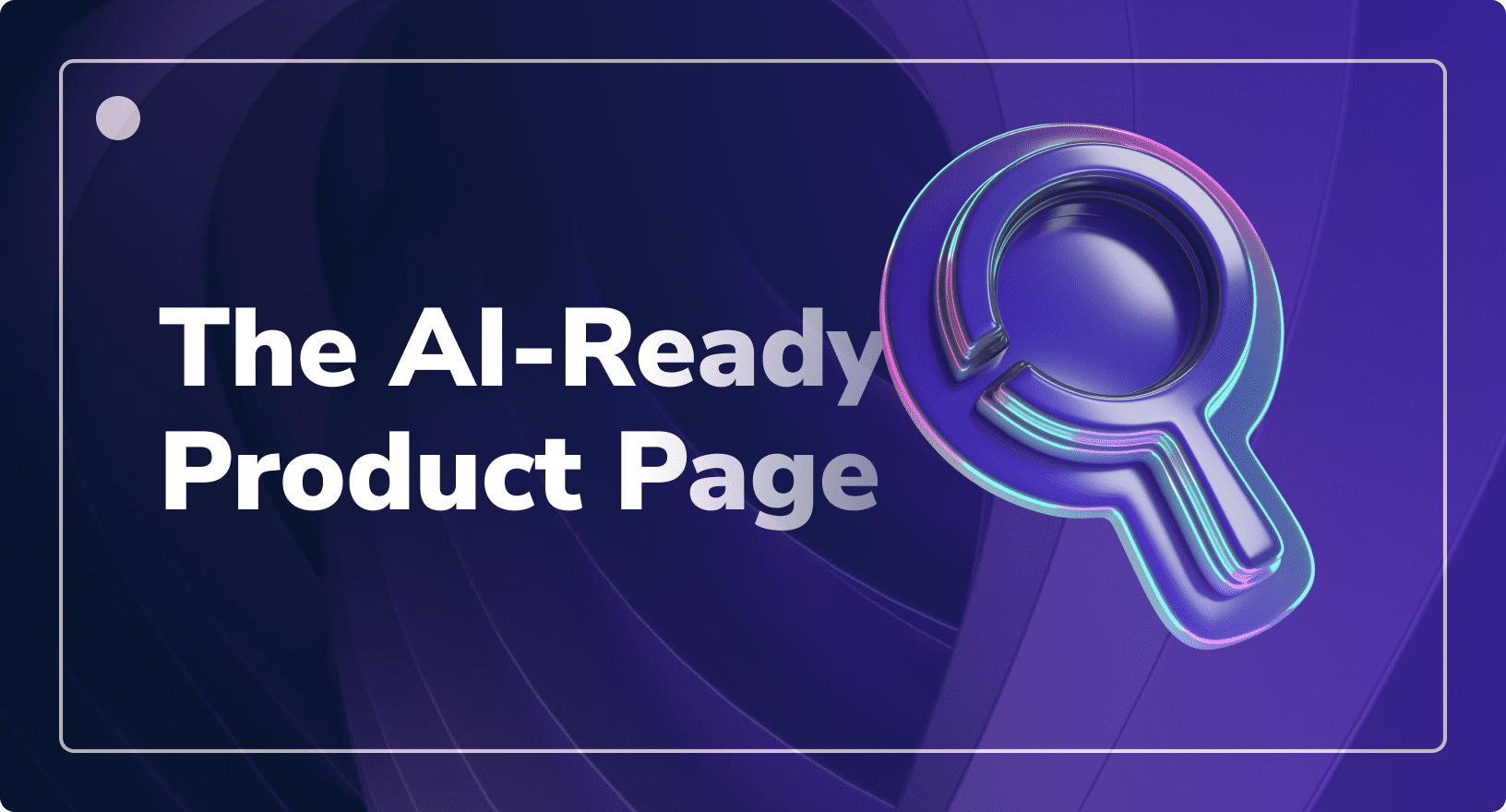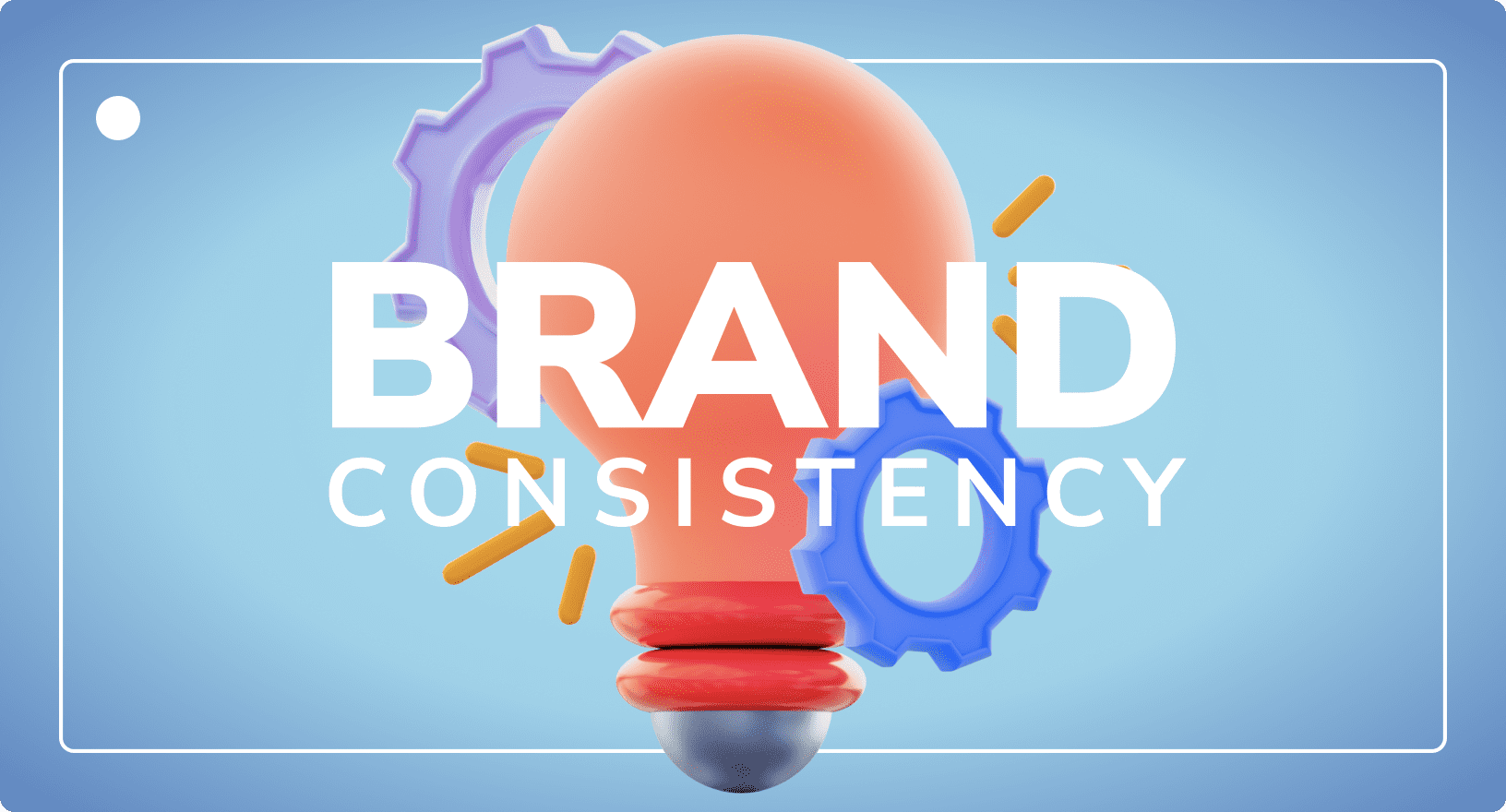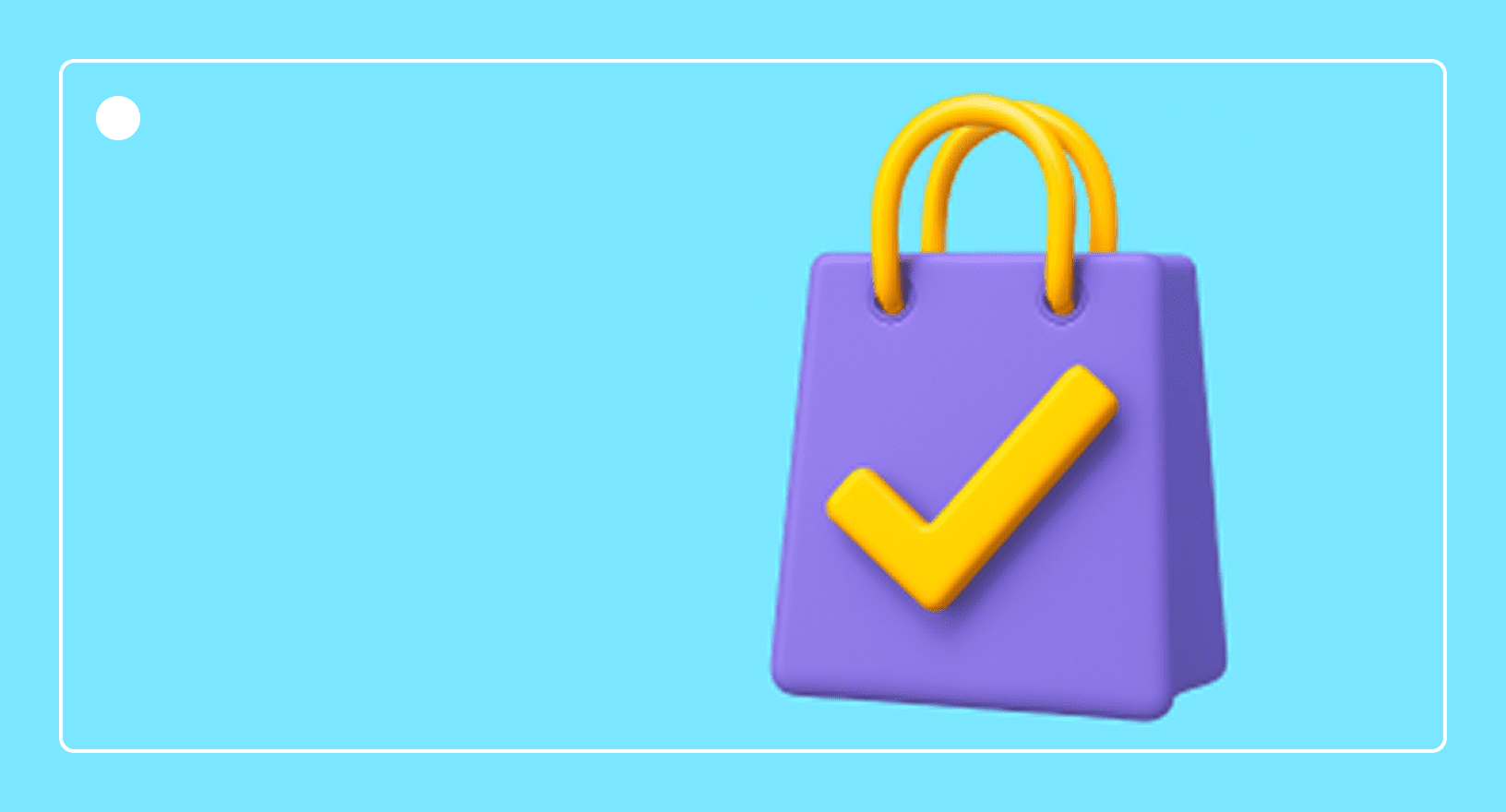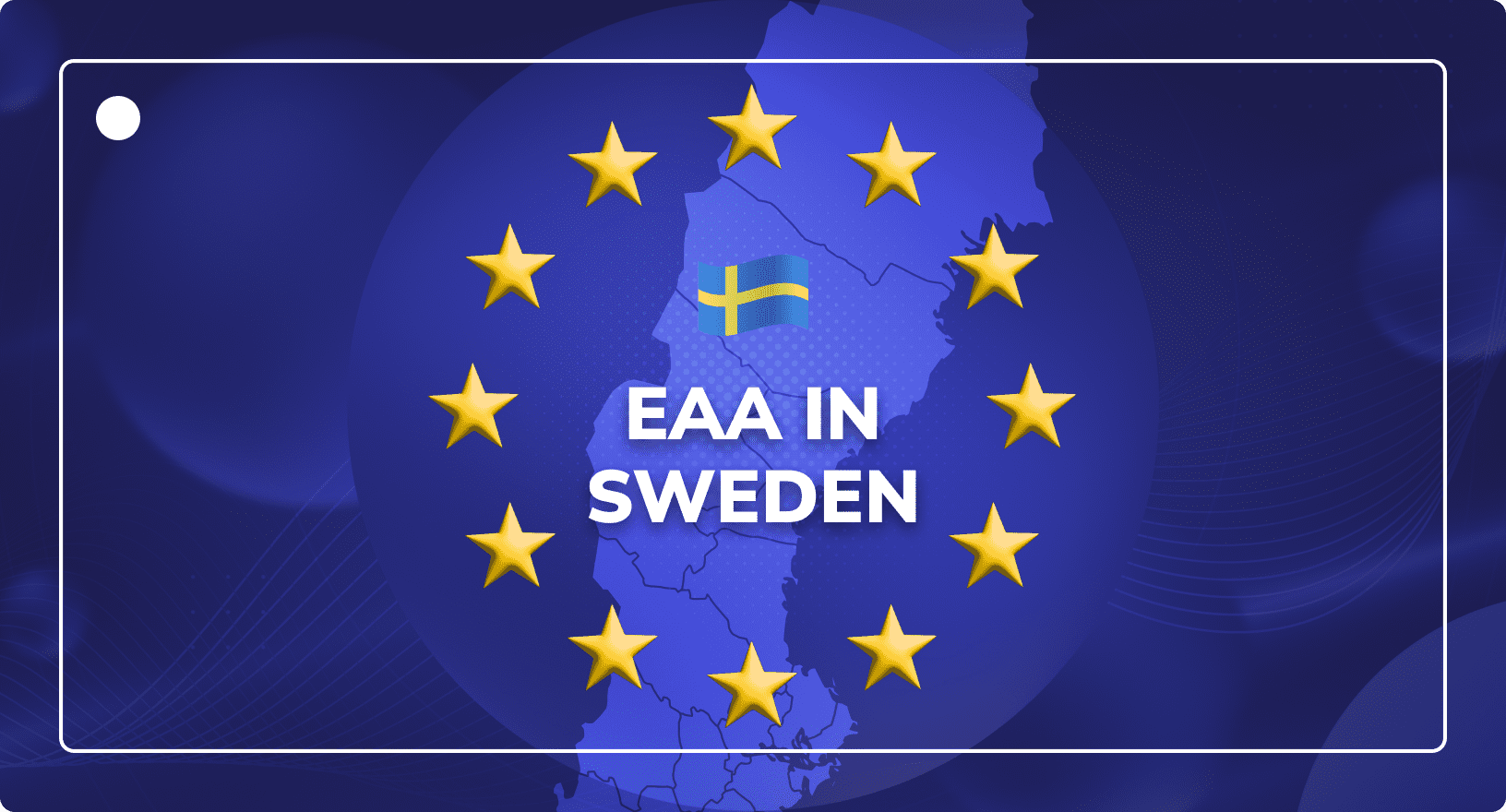What Are Media Assets? 8 Media Asset Types E-Commerce Pros Should Know
Digital Asset Management
Updated on February 13, 2025
Think about the last time you prepared a presentation or created content for your e-commerce site. You likely used various files, such as images, videos, and documents.
These files are examples of media assets – and they’re essential for enhancing your marketing and communication efforts.
But what are media assets? This article will explain their significance and highlight eight valuable asset types every e-commerce professional should know.
Let’s dive into the specifics to help you leverage your digital assets for marketing growth.

Comparing DAM Providers? Download Our Playbook
Download free nowWhat Are Media Assets?
Media assets are crucial in marketing communication and branding efforts, as they help businesses convey their message effectively.
These assets encompass a broad range of digital file and media types, including images, video content, audio resources, and more.
But what is a the definition of a media asset exactly?
This term cover all media file types, from images, to videos, to audio, to 3d models. They include extensions like JPEG, PNG, GIF, SVG, .WAV, .MP3, .MOV, .OBJ, and more.
Other digital assets, like photographs, illustrations, and graphics, are used to spread brand awareness, create a brand’s image, and interact with their target audience. These assets significantly enhance a business’s marketing efforts and reinforce brand identity.
A digital asset management system (DAM), (most of which can manage media files well enough for most businesses) can streamline the organisation, storage, and distribution of these assets.
Features such as metadata tagging, version control, and search functionalities help businesses manage their digital assets efficiently.
By effectively organising digital assets, businesses can achieve better communication and branding efforts, engage their target audience, and elevate their marketing campaigns.
Type 1: Images
Images are among the most versatile media content in e-commerce. Common file types include JPEG, PNG, GIF, and SVG. These formats are essential for various applications like product images, banners, and ad creatives.
Product images, for instance, showcase your offerings and help customers make informed decisions, while banners and ad creatives enhance your marketing campaigns.

Organising and managing these digital files is crucial for maintaining brand image and efficiency. A digital asset management system can streamline this process, allowing you to easily access and utilise your media.
Efficiently managing image files helps reinforce your brand identity, making distributing media files across different platforms and marketing efforts easier.
Businesses can effectively leverage these image file formats to create engaging and visually appealing content, ultimately strengthening their brand’s image and driving better marketing results.
A structured system for categorising, tagging, and storing visual media files effectively can significantly improve your marketing efforts and enhance your overall brand image.
Type 2: Videos
Videos are powerful media for engaging your target audience and enhancing your marketing efforts. Common file types for videos include MP4, MOV, and AVI.
Examples of video assets include product videos, review videos, and animated clips. These media files can significantly boost your branding efforts, helping businesses convey their message more effectively.
E-commerce video marketing is shown to increase conversions and sales. They help create a more dynamic product experience, making your content more appealing and shareable.
Blue Series Yeti X microphone review video.
Effective digital asset management (DAM) can help you organise your video files, ensuring easy access and streamlined workflows for your team members.
Centralisation of these videos within a network of e-commerce brands and shops also leads to faster publishing times, better brand consistency, and lower risks of DRM violations.
Type 3: 3D/AR Models
3D/AR models are valuable asset types that enhance customer engagement and interactive web pages. These digital assets include 3D product renders, 3D models, AR experiences, and animations.
They’re used to create immersive product experiences, making online shopping more interactive and enjoyable. Common file types for these digital assets are OBJ and FBX.
A 3D model from De’Longhi.
Implementing these media files effectively can help strengthen your brand’s image and improve customer satisfaction.
Media asset management for these files ensures that your team can quickly access and utilise them, streamlining your marketing workflows and maintaining brand consistency.
Type 4: Audio Files
Audio formats, such as MP3 and WAV, are essential digital assets in e-commerce. They enhance content by adding background music, sound effects, voiceovers, and text-to-speech (TTS) files. Incorporating audio into your digital content can enrich the customer experience.
Background music and sound effects create an immersive atmosphere, while voiceovers can provide clear instructions or narrate stories.
Using audio and video files effectively in your workflows can streamline your organisation’s efforts, enhancing your brand’s image and messaging.
Type 5: Documents
Documents are essential digital assets for e-commerce, providing detailed information and supporting marketing communication. Document file formats include PDF and DOC/DOCX, making them versatile.
Examples of digital assets in this category are product manuals, print catalogues, product descriptions, and technical specifications.
Keeping your documents in a media asset management system plays a critical role in maintaining brand identity by providing standardised materials for marketing.
Type 6: Graphics and Illustrations
Graphics and illustrations are vital digital assets that enhance your brand’s visual appeal and consistency. Common file types include SVG, AI, and EPS.
These digital assets include logos, infographics, and various design elements, each contributing to a cohesive and visually engaging brand identity.
Using these assets and file formats ensures that your visuals are scalable and high-quality, which is crucial for digital and print materials.

Comparing DAM Providers? Download Our Playbook
Download free nowEffective media asset management for graphics and illustrations can streamline the organisation and distribution of these assets and file formats.
A MAM system helps maintain version control, allowing team members to quickly access and leverage the correct files to create compelling marketing materials.
Type 7: Web Elements
Web elements are crucial digital assets that include HTML, CSS, and JavaScript files. These media assets support the creation of interactive web pages, animations, and dynamic content.
Web elements play a significant role in enhancing the user experience by making websites more engaging and responsive.
The benefits of digital assets, like web elements, are multifold. They improve digital marketing by providing an interactive platform to capture and retain user attention.
Effective media asset management (MAM) of web elements ensures your team can effectively leverage these files to create engaging and compelling content.
This streamlines the organisation, storage, and retrieval of web-based file formats, ensuring that the correct elements are readily available for various marketing campaigns.
Type 8: Archive Files
Archive files, such as ZIP and RAR, are crucial for media asset management. They allow for efficient storage and sharing of any digital file.
These files often include compressed project files and asset bundles, making it easier to manage large volumes of data.
In the video production process and other creative projects, using archive files helps maintain version tracking and ensures quality and relevant media are preserved.
By compressing multiple files into a single archive, you streamline your content operations, saving time and storage space. Cloud storage can further enhance the management and accessibility of these digital assets.
Benefits of Using Media Assets in E-Commerce
Media assets are vital for enhancing your marketing and communication efforts. They include various types, such as images, videos, and multimedia files.
Effective media asset management involves organising and storing these files efficiently, ensuring they’re readily accessible for your team.
Enhancing Marketing Communication and Branding Efforts
Digital assets, and especially digital media, significantly improve marketing communication and branding.
Businesses can present a consistent and professional brand image using high-quality images, videos, and multimedia presentations.
This helps strengthen your brand’s identity and messaging.
Improving Marketing Workflows and Maintaining Brand Consistency
Media asset management (MAM) systems streamline marketing processes by organising various media files. This ensures straightforward access and retrieval, maintaining brand identity.
Boosting Marketing Success and Customer Engagement
Rich media content positively impacts marketing growth. Mercedes-Benz’s Instagram campaign and New Balance’s “We got now” video ad strategy highlight how visual assets can enhance customer engagement and drive business success – across several channels.
How to Manage Media Assets Effectively
Effectively managing these assets is essential for a business’s marketing and communication strategies. Proper asset management can save time and ensure consistency across your brand’s image. Here’s how to manage media effectively with a media asset management system.
Organising Your Media Assets
Start with a folder structure that reflects the type of files you use, such as folders for images, videos, and documents. Metadata tagging and version controls are crucial to maintaining order and ensuring simple access to your media files.
Using Digital Asset Management (DAM) Systems
A digital asset management solution is more general than its media asset management counterpart.
DAMs offer advanced features like metadata tagging, version control, asset usage tracking, and powerful search capabilities.
They help organise, store, and distribute not just digital content, but all your files more effectively.
Unless you’re specifically focused on media as an organisation, like a TV station or streaming service, a DAM system will probably fit your needs better.
Ensuring Secure Storage and Accessibility
Use secure cloud storage solutions with access control measures to protect your marketing resources. This facilitates team collaboration and the effective sharing of multimedia files.
Wrapping Up
So, at the end of the day, what are media assets?
They are what make your customers remember you.
Understanding and managing creative material is essential for any e-commerce strategy. You can enhance your brand’s identity and messaging by effectively organising your digital assets, including image file formats, video files, and document file formats.
Utilise MAM software to efficiently store your digital media. Leveraging the power of digital content to achieve your goals will strengthen your brand and streamline your marketing campaigns.
Frequently Asked Questions
If you are still asking “what are media assets” and why are they important for me – you’re not alone. Here are the most commonly asked questions we receive after we answer “what is a media asset” in our calls.
For more detailed information, visit our blog or return to our homepage.
Media assets encompass all digital content used in marketing and promotions. They are crucial for creating engaging and consistent brand experiences that help businesses stand out.
Common media content include images, audio, animations, multimedia presentations, and video files. These resources are used in various formats, such as brochures, whitepapers, and presentations.
A MAM system helps businesses efficiently organise and manage their media files.
Key benefits of media resources management include improved organisation, secure storage, and easy distribution of large files, ultimately strengthening your brand’s image and marketing success.
Standard file formats for media resources include JPEG and PNG for photographs, MP4 for video files, and MP3 for audio. These formats are used for promotional and interactive content.
Metadata tagging and version controls ensure that creative materials are easily searchable and up-to-date, helping businesses effectively leverage their digital resources.
Using MAM software to store your various media materials, including large files, ensures secure storage and efficient distribution. Regular backups and access control are also vital strategies.
Better Content. More Sales.

Fill out the form to discover our end-to-end eCommerce content solutions for brands & shops




